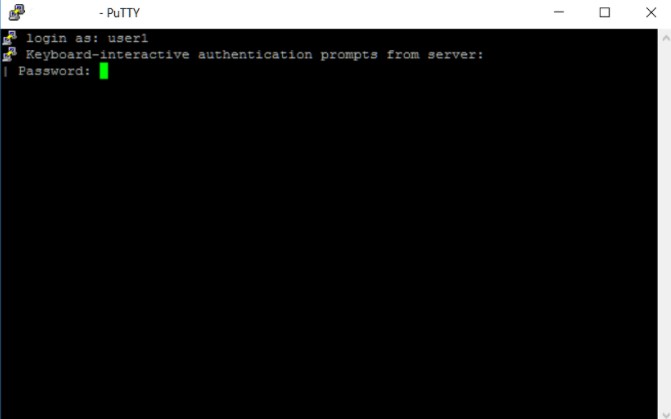How to Use PuTTY SSH with cPanel
SSH stands for Secure Shell or Secure Socket Shell. When a user or an administrator wants to share data with another system/server via an unsecured network, they use the SSH protocol so that their communication session and data transfer remain safe and protected from external malicious elements.
In other words, SSH is used to make the data exchange over an unsecured network…secure.
Now, let’s come back to the topic of our post, and that is how to use PuTTY SSH with cPanel.
The reason why you need to know how to use PuTTY SSH with cPanel is that whenever you need to directly access the server (in order to access the command line and run scripts), you need to make sure that your communication session is secure and safe. If you were to access your server without taking the measures to secure the connection first, you would risk getting your data stolen by malicious entities.
Consider the example of an operating surgeon. When there has to be an operation that involves opening up some part of the body, the surrounding has to be sterilized first. The operation room is made isolated, and all the surgical instruments are thoroughly cleansed. Why? Because the procedure is of a sensitive nature, any sort of contamination in the environment could prove to be harmful.
So that’s pretty much what you’re doing when you’re using the PuTTY SSH client to secure your connection with your server; ‘sterilizing’ and protecting the data exchange to avoid any type of malicious contamination.
What is the PuTTY SSH Client?
In computing, you get protocols and you get clients. The protocol alone is pretty much a set of rules or a modus operandi using which any process has to be done or completed. However, the client is what actually gives the protocol a useable interface.
Take FTP, for example. The File Transfer Protocol is used by two systems when they want to exchange files in between themselves. Now, a user cannot just go ahead and directly use the FTP. It's just a protocol viz. a set of rules. They will have to use a client that makes use of the protocol for them.
So, the PuTTY SSH client, in light of the above explanation, is one such software or application that gives users the ability to use the SSH protocol.
How to use PuTTY SSH with cPanel
Now, let’s look at how you can use PuTTY SSH using cPanel. To follow along with this tutorial, you will need your login details for cPanel. You will also need the IP address for a hosting account (or server) that allows SSH connections.
1. Install PuTTY
The first step in this process is to download and install PuTTY on your device. If you already have it, go ahead and launch it. If you don’t, click on this link.
2. Launch and enter details
Once the application has been installed, open it up. This is the screen you should see now:

In the field at the top, go ahead and enter the IP address for your hosting account. Remember, you need to choose an account that allows SSH connections.
The field adjacent to this one is where you need to enter the port. By default, it will be set to 22, and that is what you will have as well (under normal circumstances). You should mess with this field only if your hosting provider has specifically made a change to the port.
Underneath that, the connection type should be set to ‘SSH’.
Once you’re done, click on the ‘Open’ button at the bottom.
3. Enter login details in the terminal emulator
After clicking on the ‘Open’ button, the terminal emulator will open up. This is what you should see at this point:

Here, enter your cPanel username and press enter. And then enter your password.
Once you're done with the above steps, the server will validate your request and a command prompt will appear. Now, you can go ahead and access the command-line tools offered by Linux and run scripts, etc.
Conclusion
The SSH protocol is necessary for when you have to directly access your server using cPanel. While you won't normally and frequently find yourself with the need to directly go to the server level to make changes, this could happen occasionally.
Under usual circumstances, you’ll be just fine using cPanel and WHM for managing your server and hosting accounts. But if you ever do need to work on the command line, just follow the above steps and you’ll be good to go.
Updated 8 months ago